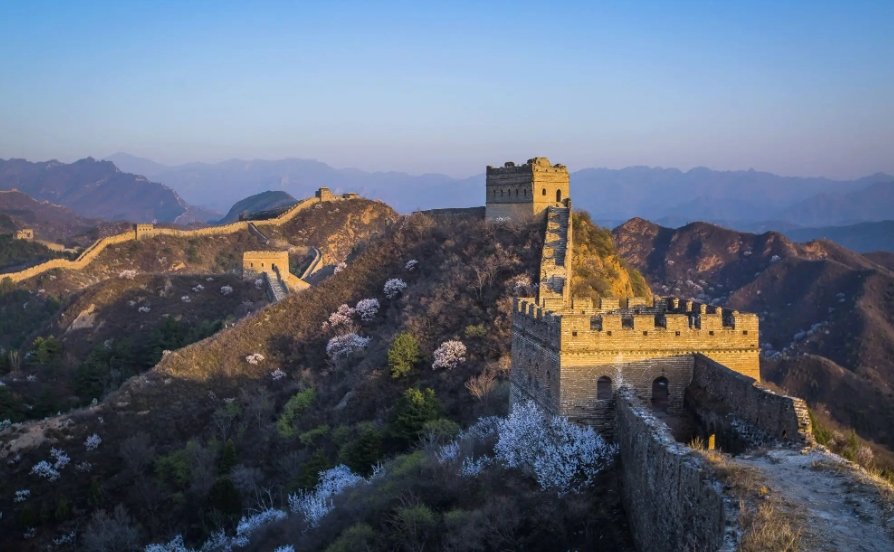
Breached But Unbroken: The Enduring Legacy of the Great Wall of China
The Great Wall of China, a UNESCO World Heritage Site and an enduring symbol of Chinese civilization, snakes across mountains and deserts for thousands of miles. While its grandeur evokes images of an impenetrable barrier, the question remains: has the Great Wall of China ever been breached?
The answer, unequivocally, is yes. The Great Wall, despite its imposing stature, has been breached multiple times throughout history. Its purpose was never to be an insurmountable obstacle, but rather a strategically placed deterrent, a line in the sand that slowed down invaders and bought precious time for the Chinese army to mobilize.
The barbarians, of course, have changed. Gone are the invading Tatars (who broke through the Great Wall in 1550), Mongols (whose raids kept Sun's ancestors occupied) and Manchus (who poured through uncontested in 1644).
Let's delve deeper into these historical breaches:
The Mongols: Perhaps the most famous breach occurred in the 13th century under the rule of Genghis Khan and his successors. The Mongol hordes, renowned for their military prowess and equestrian skills, outmaneuvered and overwhelmed the defenders of the Wall on several occasions. They employed various tactics, including bribing corrupt officials, exploiting weaknesses in the Wall's construction, and utilizing superior military strategy. The Mongol conquest ultimately led to the establishment of the Yuan dynasty in China, a testament to the Wall's inability to completely halt determined invaders.
The Manchus: Another significant breach occurred in the 17th century when the Manchus, a nomadic people from northeast China, overthrew the Ming dynasty. This breach, however, was more a result of internal strife and betrayal than the Manchu's military might. A Ming general, Wu Sangui, facing a rebellion led by Li Zicheng, chose to ally with the Manchus and opened the gates of the Wall at Shanhai Pass. This act of treachery allowed the Manchu forces to sweep into Beijing, marking the beginning of the Qing dynasty.
Beyond Large-Scale Invasions: It's important to note that the Wall's effectiveness wasn't solely measured by its ability to repel large-scale invasions. Smaller groups of raiders, bandits, and smugglers also posed a constant challenge. Sections of the Wall were often in disrepair due to limited resources and harsh weather conditions, providing opportunities for smaller groups to breach its defenses.
A Symbol of Resilience, Not Invincibility: While the Great Wall has been breached throughout history, its significance extends beyond its physical integrity. It stands as a testament to the ingenuity and determination of the Chinese people, a symbol of their enduring spirit and resilience in the face of adversity. The Wall's legacy lies not in its invincibility but in its representation of China's enduring civilization and its ability to adapt and persevere through centuries of change.
Q&A
Q: What was the primary purpose of the Great Wall if it wasn't impenetrable?
A: The Great Wall's main purpose was to act as a deterrent, slowing down invaders and giving the Chinese army time to mobilize. It also served as a communication system, facilitating the transmission of messages and troops along its length.
Q: Did the construction of the Great Wall ever truly stop?
A: Construction of the Wall was intermittent throughout history, with different dynasties adding to and repairing existing sections. However, large-scale construction largely ceased during the Ming dynasty (1368-1644).
Q: How has the Great Wall's significance evolved over time?
A: While initially a defensive structure, the Great Wall has become a powerful symbol of Chinese culture and history. It's a reminder of China's ingenuity, resilience, and enduring spirit. Today, it serves as a popular tourist destination, attracting millions of visitors annually.
note: This return of all, without the author's permission, may not be reproduced